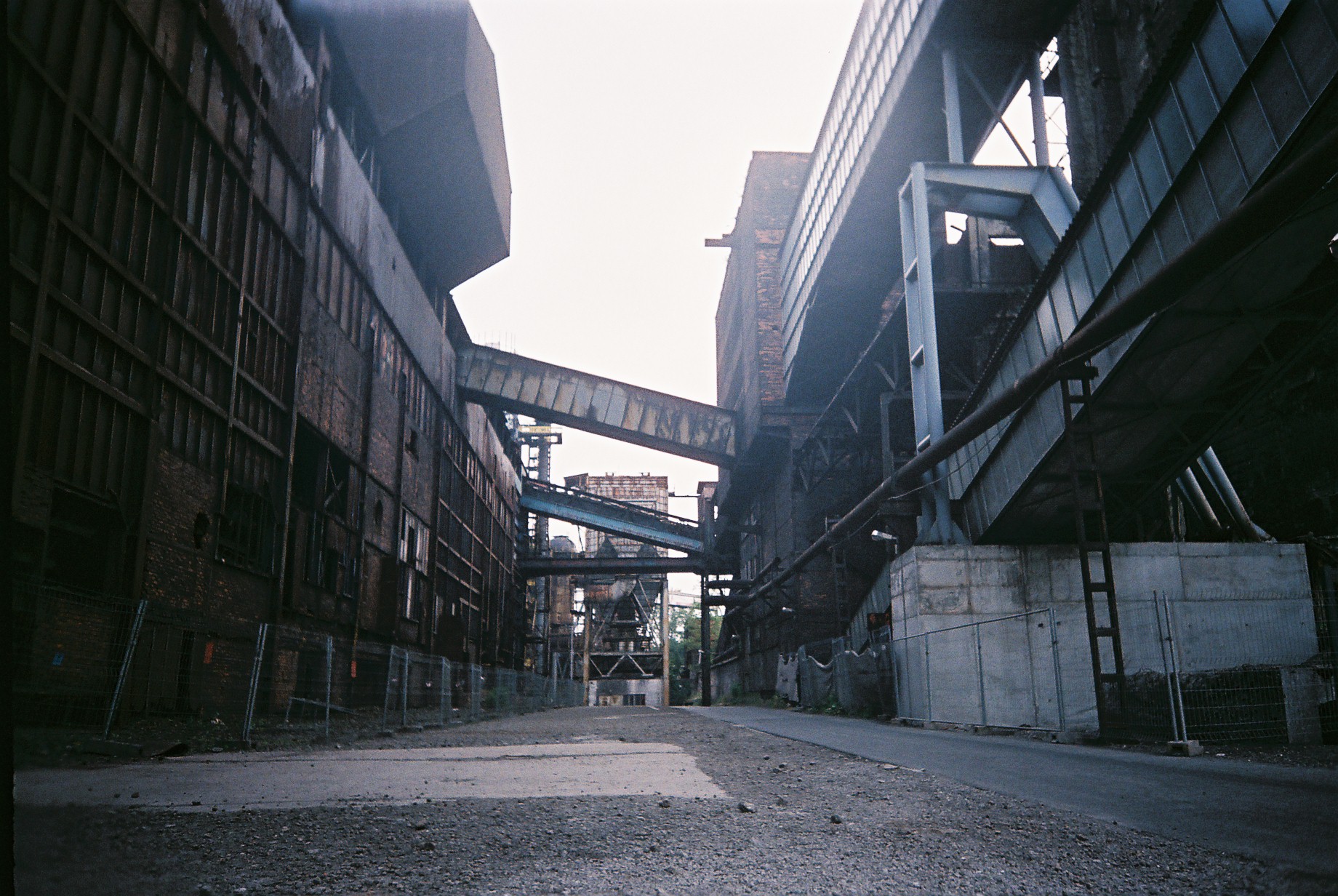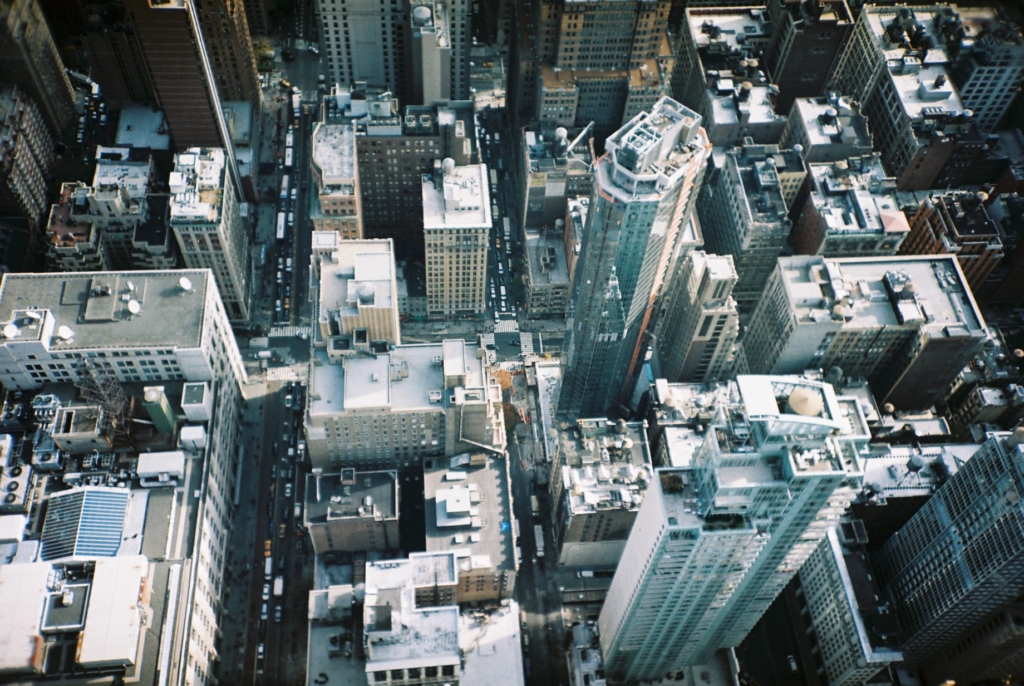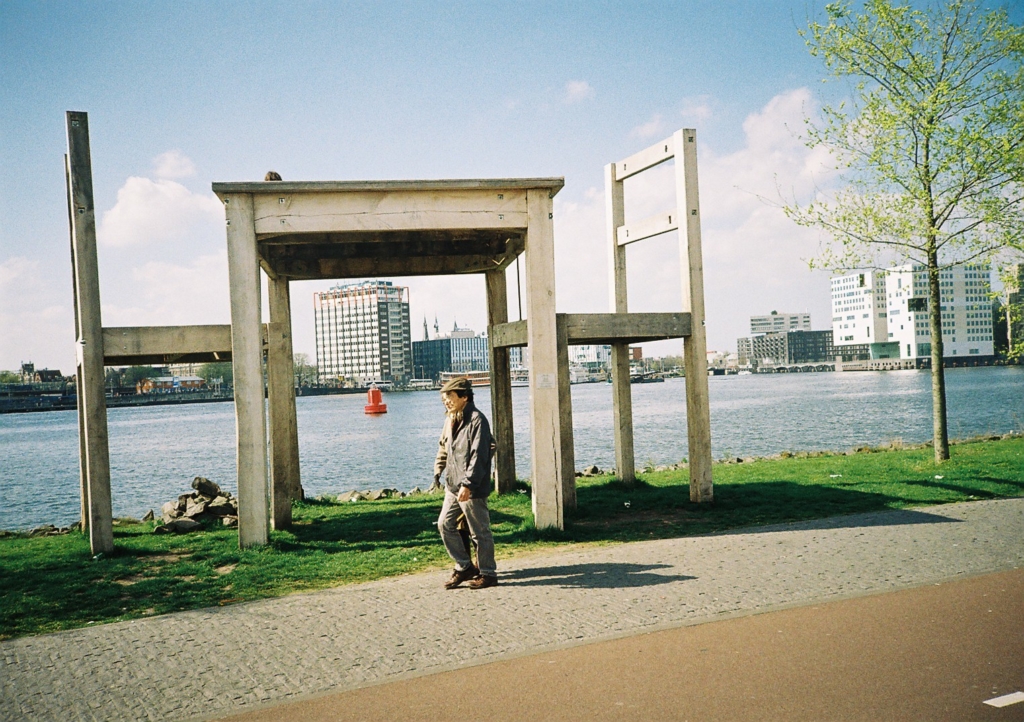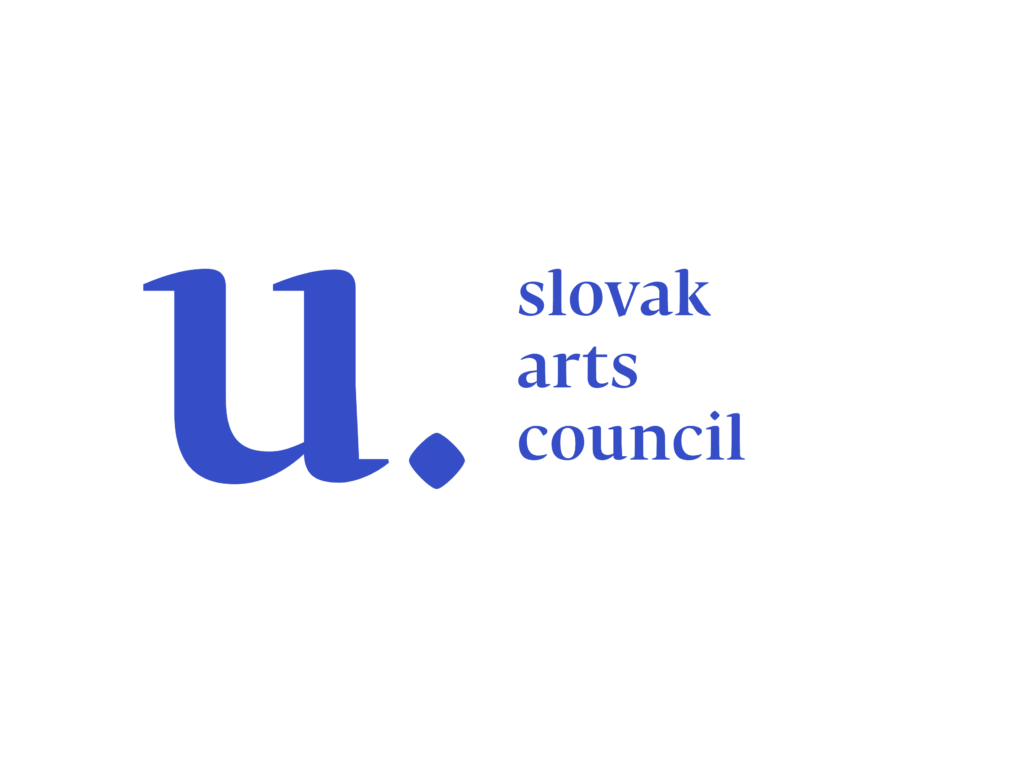Compulsory reading of the summer flâneur
Dokumentovanie množstva dobrých (aj zlých) príkladov dobre (aj zle) spravovaných miest po celom svete a verejných miest po celom meste neustále pribúda v podobe blogov, podcastov, krátkych aj stredne dlhých videí a talkov na sociálnych sieťach, dokumentárnych filmov, magazínov a ešte stále aj veľmi stabilného a dlhodobého média – kníh.
Úprimne, v lete sa celá Európa oddáva oddychu a premiestňovaniu, pracovná morálka v teplotách medzi 30 a 40 stupňov negeneruje vysokú efektivitu a žiadanú pridanú hodnotu, či už ľudia svoju mzdu dostávajú z úradu, fabriky, korporátu, stratupu alebo kultúrnej inštitúcie. Leto je po Vianociach (a najkratších dňoch a najdlhších večeroch) ďalším najideálnejším časom na dobehnutie dlhov z literatúry. Dlhé presuny vlakmi a lietadlami, čakanie na termináloch a staniciach, ražnenie na preplnených plážach, alebo čakanie na koniec brutálnej lokálnej supercely s ľadovými krúpami vo veľkosti malých psíkov – to všetko sú príležitosti na zlikvidovanie stoviek a tisícok strán papiera, zviazaného do prenosného a dobre uchopiteľného formátu knihy.
Documentation of the many good (and bad) examples of well (and badly) managed cities around the world, and public places within cities, is steadily increasing in the form of blogs, podcasts, short and medium-length videos and talks on social media, as well as in documentaries, magazines, and – still a very stable and long-lasting medium – books.
Frankly, in summer, the whole of Europe indulges in relaxation and relocation. Temperatures of 30 to 40 degrees are not conducive to high efficiency work ethic and the desired added value, whether people get their wages from the office, factory, corporation, start-up or cultural institution. After Christmas (and the shortest days and longest evenings), summer is the next most appropriate time to catch up on literature debts. Long journeys by train or by plane, waiting times at terminals and stations, roasting on crowded beaches, or waiting for the end of a brutal local supercell with hailstones the size of small dogs – these are all opportunities to dispose of hundreds and thousands of pages of paper, bound in a portable and easy-to-grasp book format.
Planeta Praha
You have probably visited Prague about seven hundred times. You know the metro and tram lines by heart, and more of your friends live in Žižkov and Vinohrady than in all the cities of the world combined. But Planeta Praha is a stunning documentary about the city jungle and the endless biodiversity that flourishes where concrete and man thrive alongside each other.
Planeta Praha is not just a documentary about the colourful invisible life of flora and fauna in a city that we spectacularly overlook. Planeta Praha is also a book that complements the film, and leafing through it in a non-linear manner provides the opportunity to return to places that seem notoriously familiar until you find you know next to nothing about them.
Forget, therefore, Prague’s historic squares, the nightlife, sitting on the waterfront. Immerse yourself in an invisible Prague, a Prague inhabited by the most colourful and diverse inhabitants, a Prague living in symbiosis with, but not necessarily in the presence of, people.
Cesty do ostravského (v)nitrozemí
If Prague is the city that most resembles Košice, because it has more inhabitants from Košice than Košice, then Ostrava is the city that most resembles Košice because it looks like Košice. Ostrava’s mining and metallurgical history and identity as the Steel City of the republic, its peripheral location within the country, and its proximity to multiple borders make it an unlikely twin of Košice.
Fiducia is the name of the Ostrava antiquarian bookshop, which over the long years of its existence has become an established informal institution bringing life in the form of culture and interventions to the streets of the Steel City. The collective around Fiducia has a strong literary background and therefore Cesty do ostravského (v)nitrozemí is a narrative and lyrical guide to Ostrava, not only in space but also in time. The rough love for the rough city is a connecting motif of local legends and confirmed historical events, of endless industrial constructions and vast green spaces. The book Cesty do ostravského (v)nitrozemí is marked with number 1, so we can expect the emergence of many more very thick books about Ostrava in the following years.

Nonstop Metropolis – A New York City Atlas
In the list of cities that share many attributes with Košice, it is impossible to leave out New York. The centre of the world.
Nonstop Metropolis is a book trilogy about three unique American cities. The community of the cities of San Francisco and New Orleans is completed with the final atlas of the capital of the world. The maps and essays comprise twenty-six chapters on linguistics, history, identity, music, and riots in all five New York universes, and they include tiny parts of New Jersey in their pages, too!
City of Women, Trash in the City, City of Pedestrians, and the Mysterious Land of Shaolin. This, of course, is introduced by RZA of the group Wu-Tang Clan, and Shaolin can be no other land but Staten Island.
Despite its relatively young and short history (compared to European metropolises), New York’s history is incredibly diverse and multi-layered, and its atlas is likewise a diverse and multi-layered palimpsest.

Metropolis
If you’ve ever run out of arguments in a discussion such as: “I don’t mind living in a catalogue sterile satellite village off a motorway feeder on a street with no pavement and neighbourhoods with no shops and commuting an hour every day by car in traffic jams – after all, I have a shoebox-sized swimming pool in my closet-sized backyard and my neighbours are no longer alcoholics since being prescribed new anti-depressants”, you can continue defending life in the city with the help of the book Metropolis. It spouts a huge number of arguments in a linear fashion starting with the first city of Uruk to the current global megalopolises.
On the one hand, the book is a history textbook on the development of cities, their social, economic, and political roles in their times and contemporary geopolitical groupings over the last seven thousand years. On the other hand, the book is a testimony to the emergence and flourishing of humanity’s greatest invention – a place where there is constant interaction and therefore innovation and invention, and a constant shift in the possibilities that humans as individuals and as a community can demonstrate.
The great strength of Metropolis is its language. A very rare combination of an eruption of information wrapped up in a compelling story (the main character is a city – a different one each time) and language so accessible that you can give the book to the representative of your housing estate, or a rural borough of 500 people, so that they can finally understand their tiny role in the big story.
Neviditelné město
(The 99% Invisible City)
125 fascinating things to know about the city
Everything is on track when fancy and sexy books on urban planning are published by urban institutions.
The Institute of Planning and Development of the City of Prague (IPR) is the main conceptual workplace of Prague in the field of architecture, urban planning, development, creation and administration of the city.
Perhaps a little official, clerical even. But the content! Neviditelné město is a compilation of texts selected from the American podcast 99% Invisible, the creators of which dissect the public spaces, historical layers and technological overlays of cities around the world with the precision and curiosity of young children, while accentuating absurd details like “why do the railings in parks in some British cities look like stretchers? – because they are stretchers!”
The 125 meticulously mapped stories about things, objects, places and curiosities on the streets of cities are divided into six parts – Inconspicuous, Conspicuous, Infrastructure, Architecture, Geography and Urbanism. It’s still a book about architecture and urbanism, and it still can’t shake that feeling of knowing all about everything, but the individual stories are short playful two-page essays, extremely accessible and fascinating in their discoveries like “why do some cities have better designs on their manhole covers than some design studios?”

Budování Dystopie
Making Dystopia
Deciding between a visit to Florence’s Duomo and Livorno’s refinery, for example, couldn’t have been easier. The refinery is by the sea, there are no long queues for tickets, and it’s not just one building that can be seen in ten or twelve minutes – it could easily be turned into a half-day excursion.
However, the unashamed, unholy, unconditional adoration of modernism and all its variations throughout the twentieth and early twenty-first century, receives a powerful counterpunch (more like a series of counterpunches to the head, the neck, all the vital organs, and then three more times to the head) in the form of the dark antithesis Budování Dystopie – Podivný triumf architektonického barbarství (Making Dystopia: The Strange Rise and Survival of Architectural Barbarism).
All popular forms of functionalism or brutalism are honestly demythologised and deconstructed into inhuman tools that have destroyed the long-standing organic development of the construction of cities, stretched objects and entire structures wide and gave people the opportunity to live in machines for living that caused them nausea or psychological harm.
Bauhuas is subjected to considerable scrutiny in Budování Dystopie, entering the chapter with dignity as a mythical institution but staggering at the end of it on the border of an opportunistic, vaguely Nazi-flirtatious cult.
If you love a disputation in which you willingly expose yourself to a point of view and opinion that may crash into your vision of the world, Budování Dystopie – Podivný triumf architektonického barbarství is a fitting antagonist (perhaps protagonist, when the antagonist is you) for a reimagining of the legacy of twentieth-century architecture.
Invisible Mag is supported using public funding by Slovak Arts Council. The Slovak Arts Council is the main partner of the project.

